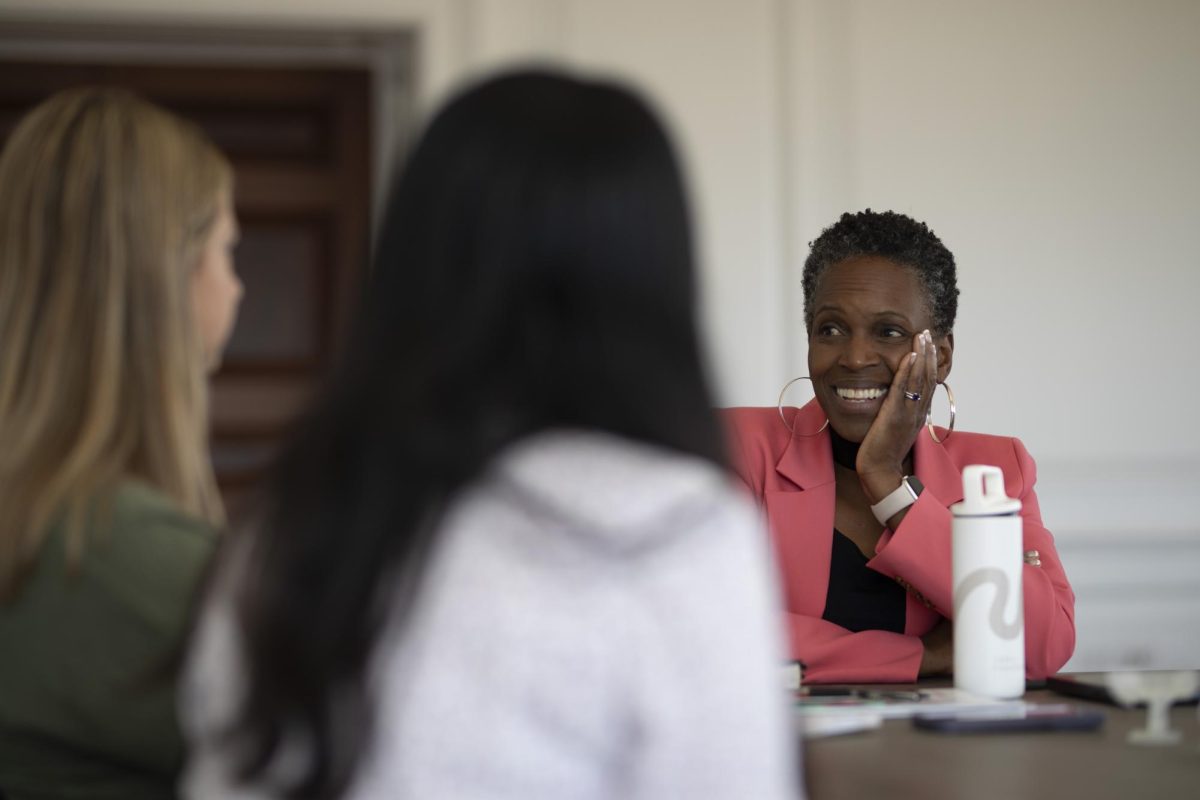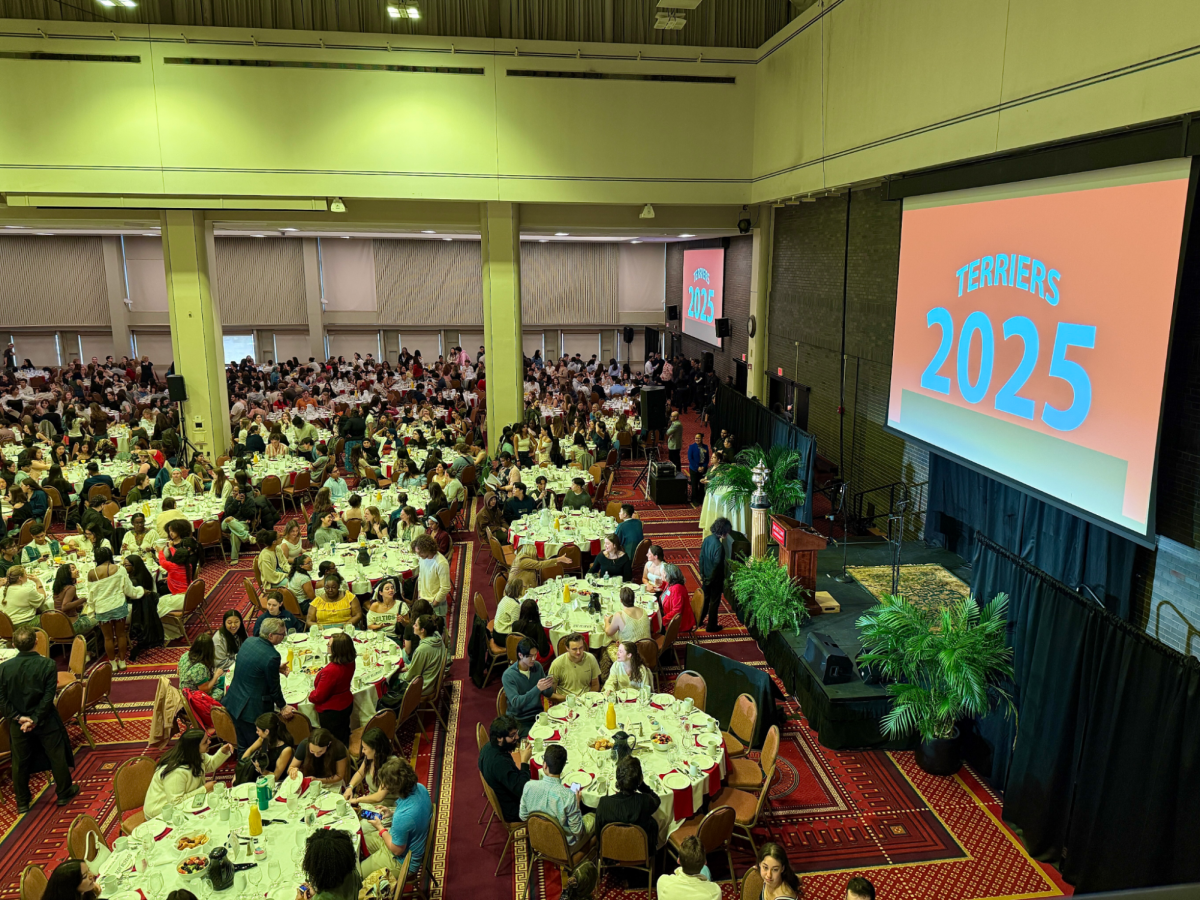Erika Lam defies expectations every time she walks past the Metcalf Science Building and into the Boston University College of Communication or College of Arts and Sciences each day.
‘Most Asians are supposed to study the sciences, engineering, math,’ Lam, the BU Chinese Students Association president, said. ‘They’ll ask what I’m studying, and I’ll tell them, and they’ll be like ‘oh.’ They don’t expect me to study something liberal-artsy.’
Lam, a junior double majoring in communications and international relations, said the ‘model minority’ stereotype, which is basically that Asian-Americans perform better at academics than other racial groups, especially in the math and sciences, is always at the back of her mind.’
‘I’ve always known it from either friends or comments that people make,’ she said. ‘It helps to see more Asians branching out into other careers and being successful at them.’
A study by the National Commission on Asian-American and Pacific-Islander Research in Education suggests these stereotypes not only fail to reflect reality but also have a negative effect on the Asian-American and Pacific-Islander population.
‘There is very little known about AAPI participation in U.S. higher education,’ CARE Project Director Robert Teranishi said in an email. ‘Most of the treatment of AAPIs in research, practice and policy has been driven by stereotypes and assumptions, including the idea that they are the model minority.’
Of BU’s student population, 15 percent are AAPI, according to CollegeBoard.com.
‘Because of this idea, AAPIs are often ignored based on the assumption that they do not face academic challenges or require any attention,’ Teranishi said.
The study found that AAPIs were 4.9 percent less likely to receive business degrees, 7.2 percent more likely to earn degrees in the social sciences and humanities and only 5.9 percent more likely to earn engineering, computer sciences and math degrees, contrary to popular belief.
The ‘model minority’ stereotype means teachers often overlook AAPI students in school, BU anthropology professor Nancy Smith-Hefner said.
‘If the assumption of teachers [is] that Asian-American students always do well, then they don’t pay as much attention to them,’ she said. ‘They assume they are doing fine.’
The tendency of ‘economic immigrants,’ or AAPI parents who come to the United States looking for a better way of life, also has an impact on the ‘model minority’ stereotype, Smith-Hefner said.’ ‘
‘Very often, the first generation does do extremely well in school, not just Asians, but many groups,’ she said. ‘Because again, the parents impress this upon the kids: ‘I’ve sacrificed for you so you can do well in school, schools are free, schools are great, why wouldn’t you take advantage of this opportunity?”
College of Arts and Sciences sophomore James Kim said he thinks family expectations do force some students into math or science.
‘It might be more family-related, where family members expect you to take more science classes or math related classes, but that doesn’t mean that they are smarter or born better at science or math,’ he said.
CAS sophomore Jason Lee said he has no problem with the stereotype, but can see it forming ‘social barriers.’
‘I can see a problem of them lumping them all together because everyone is different in their own way,’ he said. ‘When you put everyone into one category, that’s not true for everyone you’re lumping together, there is a problem.’
BU School of Law student Eric Lee said the model minority is a problem, especially for Asian-Americans who are third-generation Americans.
‘To a certain extent, Asians who might have immigrated here face different obstacles and bring different value systems,’ he said. ‘I know fifth [and] fourth generation Asian Americans, and’ . . .’ they get ascribed this hard-working immigrant stereotype when you know they don’t necessarily have those values.’
Group: Stereotypes of Asians don’t add up
By Daily Free Press Admin
•
October 15, 2008
0
More to Discover























































































































